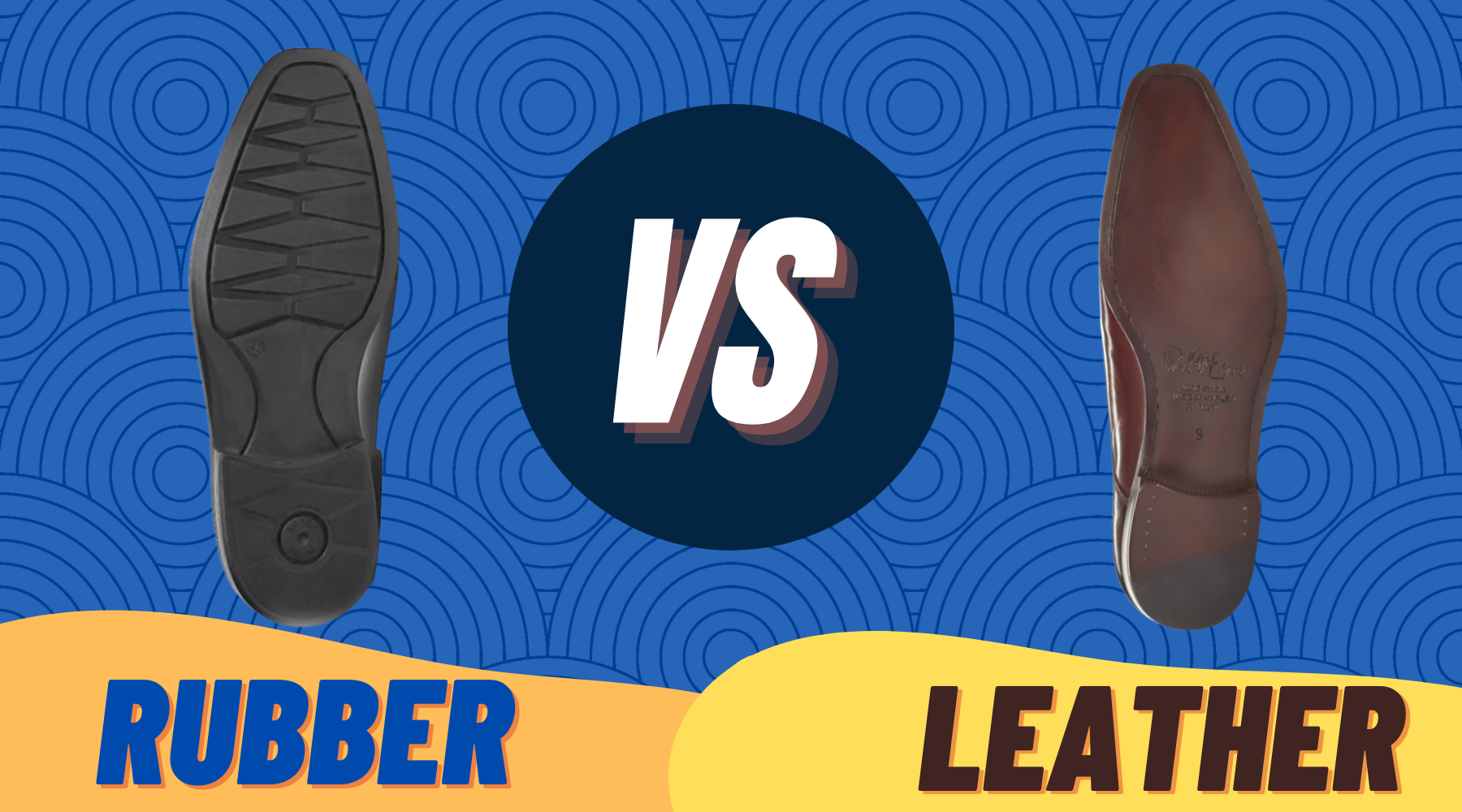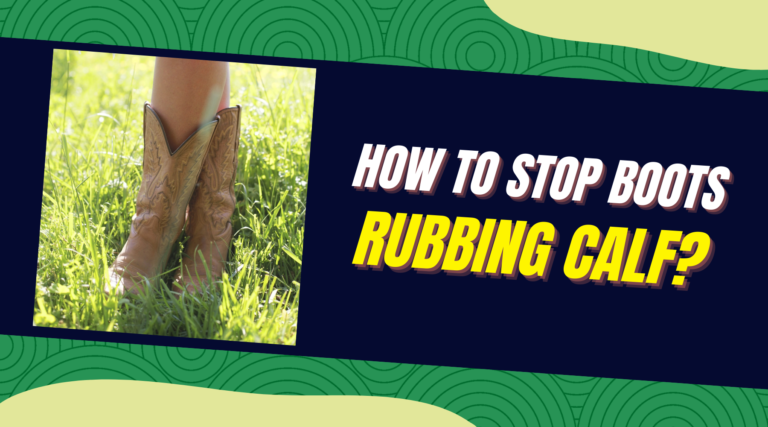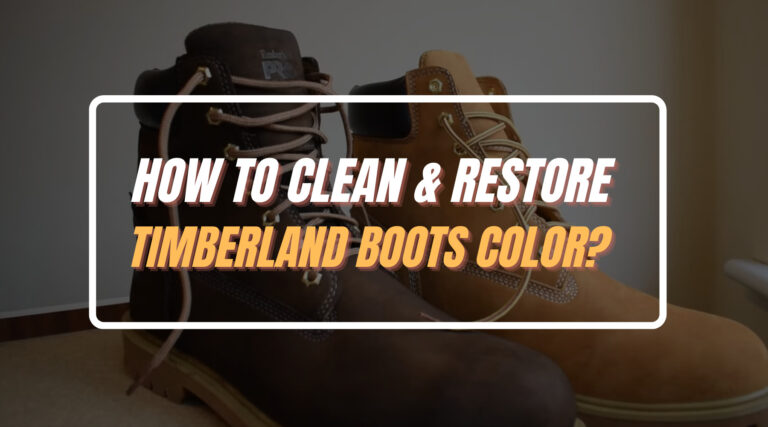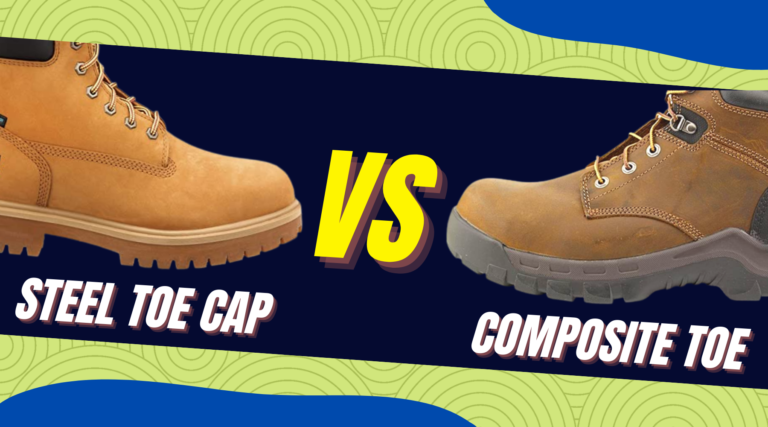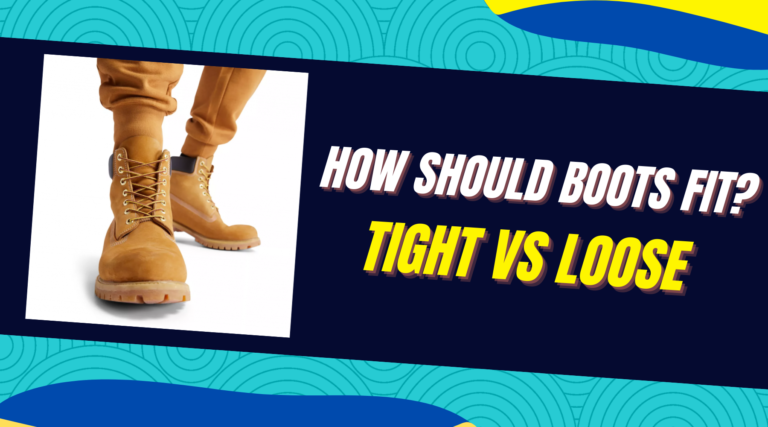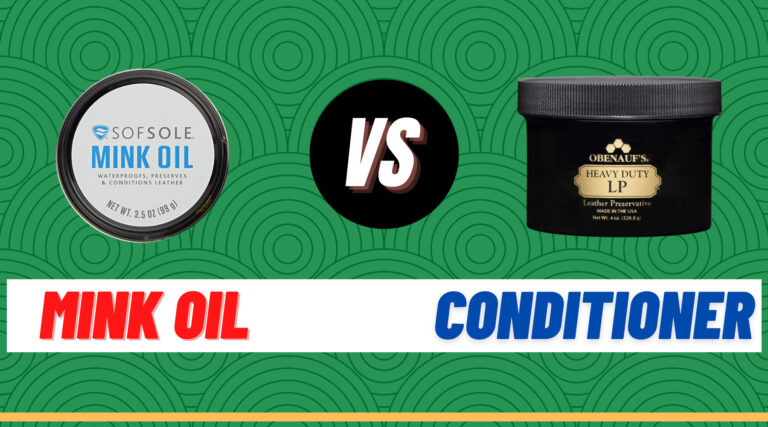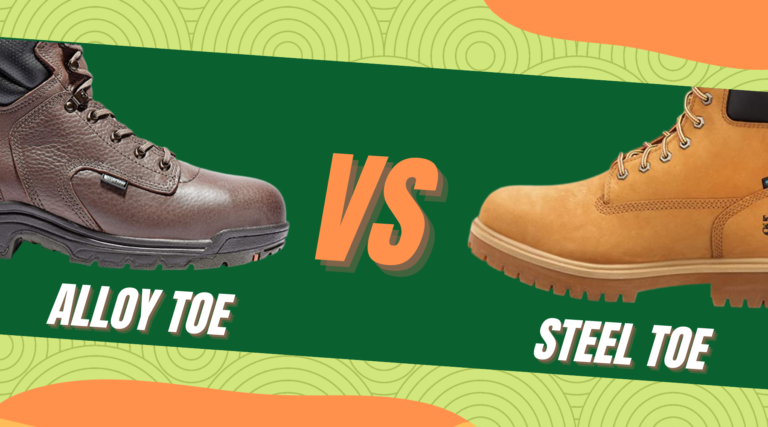Rubber Sole vs Leather Sole – Which Sole Type Is Best?
Soles are the last thing one notices when purchasing a shoe, but they are of great consideration when it comes to the comfort and durability of a shoe. A good sole can make a difficult hike seem like a walk in the park similarly, a bad sole can make a walk in the park feel like you’re climbing up a mountain. The two most common soles are the leather sole and the rubber sole, and in this article, we will compare leather soles vs rubber soles and give you our verdict on which is the best sole.
Table of Contents
What Is Rubber Sole?
A rubber sole is a shoe sole made from rubber. The level of robustness and resilience of the sole varies depending on the thickness of the rubber. When it comes to shoe sole material type, rubber soles are one of the most common soles used.
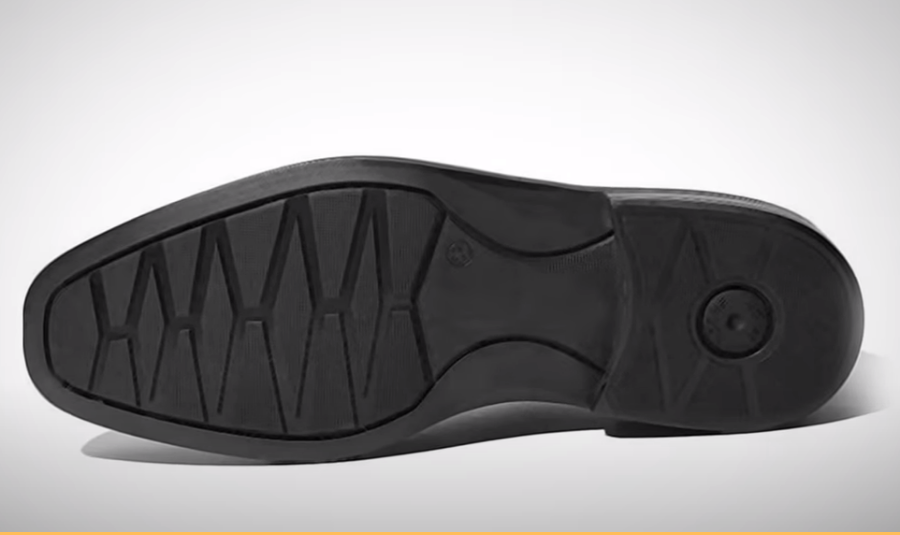
The rubber outsole material is usually found on casual sneakers, athletic shoes, running shoes, work boots, and casual boots. There are different types of rubber soles, and the types mainly depend upon the design of the soles and the type of rubber used for the soles. Some common types of rubber soles are Vibram rubber sole, Thermoplastic rubber sole, Crepe sole, ridgeway sole, and lug soles.
Pros
- Rubber soles are slip-resistant.
- They provide great cushioning.
- They are usually very cheap.
- They are waterproof.
- These soles are elastic.
Cons
- They are not oil resistant.
- The rubber soles are easy to pierce through.
What Is a Leather Sole?
The leather sole is a type of shoe sole made from leather. The primary benefit of a leather sole is that it looks classy. Some types of leather soles are even more durable than rubber soles and are less susceptible to wear and tear, whether it be from repeated usage or environmental hazards such as water and dirt.
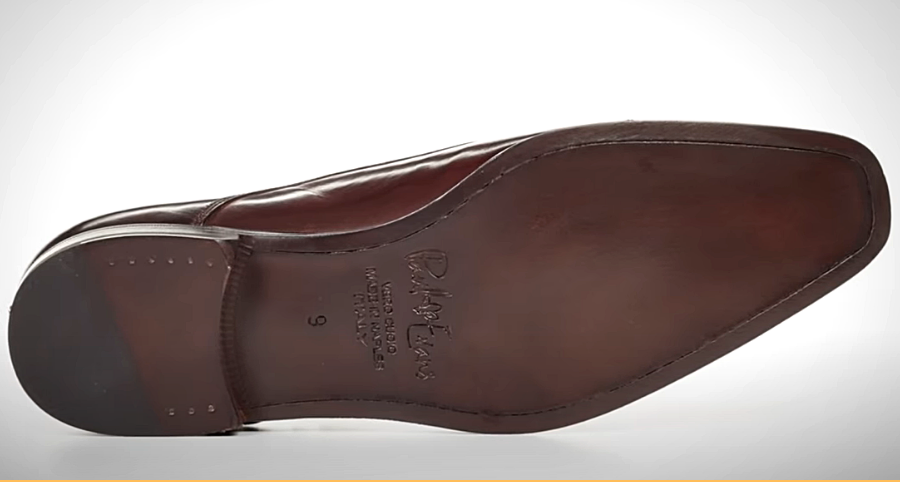
These types of leather soles are commonly known as double leather soles and triple leather soles. The ‘double’ and ‘triple’ really define the layers of leather used in the sole of the shoe. The greater the layers of leather, the more durable the sole will be. The primary drawback of a leather sole is its susceptibility to dry rot.
Dry rot is when the leather starts to dry out and becomes flaky. It happens when the leather sole loses all of its moisture, and the leather’s strands become rigid and split, resulting in irreparable damage. It is most likely to happen if your leather footwear is stored in a warm, dry environment. Dry rot can occur in any shoe with a leather sole; however, it is particularly prevalent if the leather soles are not treated regularly.
Pros
- They look classy.
- The leather soles are breathable.
- Some leather soles have antibacterial properties.
- They are not bulky and heavy.
Cons
- They are slippery.
- They lack cushioning.
- The leather dry-rots if not treated regularly.
How Long Do Leather Soles Last?
The leather soles can last long if the soles are thick and regularly taken care of. You can slow down the aging process by applying a conditioner or spraying on some polish that contains oil, such as shoe polish or mink oil. Also, regularly wearing and cleaning your shoes will keep them in pristine condition. However, leather soles can still wear out over time, either from usage or from dry rotting.
Worn-out leather soles will usually have a noticeable dimple. The bond between the sole and boot upper becomes weaker. When this happens, it should be replaced. The durability of leather shoes is highly dependent on various factors. The type of leather and quality, and how the shoe was cared for can all affect lifespan. If cared for properly, leather boots can last a lifetime.
Leather Vs Rubber Sole Comparison
1. Comfort
The boot sole material is one of the main contributing factors in the boot’s comfort. And for comfort, the rubber sole takes the lead as it has better shock absorbance and flexibility than the leather soles.
2. Look/Style
Leather is one of the oldest materials that symbolize fashion. Anything made of leather is almost always considered fashionable and classy. And the same goes for leather soles; they look better and more stylish than rubber soles.
3. Grip/Traction
Just as leather is denoted with fashion and style, rubber is also denoted as a grippy material. The rubber soles have better grip and traction in comparison to the leather soles.
Leather Vs Rubber, Which Is The Best Sole Material?
The leather sole is breathable so that it won’t trap sweat. Leather soles are also classy and look fashionable. On the other hand, leather soles are more challenging to clean than rubber. Moreover, leather doesn’t stand up well to changes in temperature and humidity. It seems like you should be spending more money on a pair of shoes with leather soles instead of rubber ones. Also, they offer less traction than rubber soles.
The benefit of rubber soles is that they are less slippery than leather ones. If you walk around in them, there won’t be as much slippage which would prevent you from falling down and tripping. They also provide better cushioning and shock absorbance, making it easier to walk on hard surfaces. The downside of rubber soles is that they can trap sweat.
I think rubber is the better sole material according to the factors that matter most, but it depends on what you want or need. If you’re going to walk on hard surfaces like concrete a lot or jump on pavements a lot, then rubber is the one for you. But if you work in hot conditions and also want to look classy, then the leather soles are the one for you.

